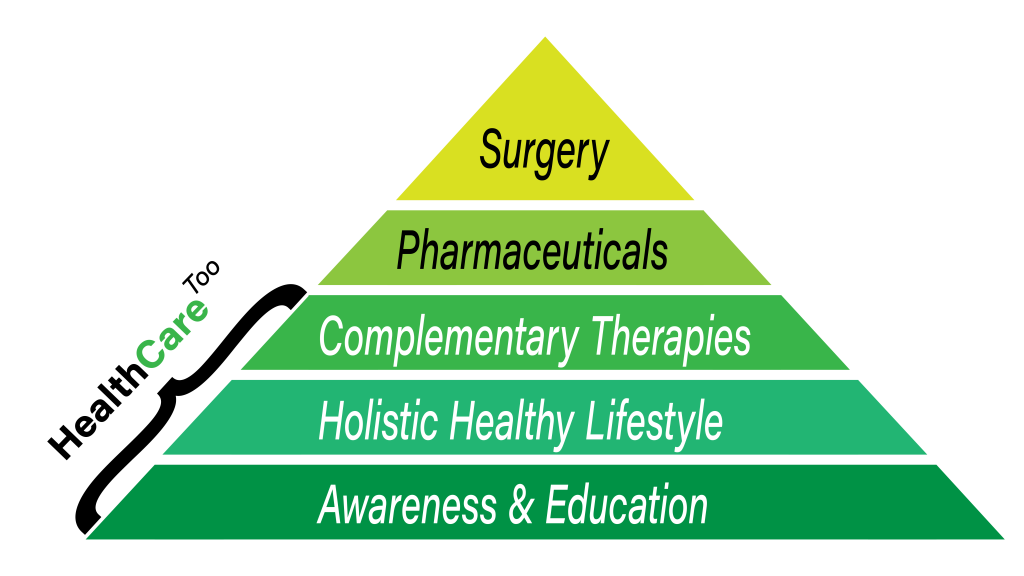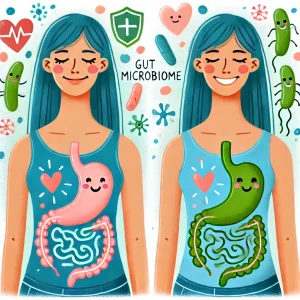Most Common Nutritional Deficiencies
If we look around America (and many other Developed countries) we see people, on the whole, are well-fed. However, many Americans are not fed well. There are, of course, “food deserts” where nutritional food loses shelf space to beef jerky and beer. However, the most common nutritional deficiencies are not limited to “food deserts”. Poor nutrition stems from a hectic Western lifestyle and a smorgasbord of poor food choices.
There is hope. More and more consumers and healthcare providers recognize Food as Medicine. Not only are there efforts to fill the basic gaps in good nutrition (e.g., clean eating, plant-based diets, etc.) but even to use food to promote healing. Even the Centers for Disease Control and Prevention is promoting awareness of nutritional poverty.
Many nutrients are important for good overall health. Most of them the body gets from certain foods. However, the typical American diet – which consists of a lot of grains, sugar, and saturated fats and not enough fruits and vegetables – is low in certain vitamins and minerals that are essential for many body functions.
A nutrition report by the Centers for Disease Control and Prevention found that nearly 10% of the U.S. population has nutrition deficiencies. The common nutritional deficiencies vary by age, gender, and race/ethnicity and could be as high as a third of certain population groups.
Source: Most common nutritional deficiencies: Iron, copper, calcium, among top
You may also enjoy this article How Smoking In 1958 Is Like Eating In 2018
Or this video If You Recognize These Early Warning Signs, You Have Nutrient Deficiency

Products for Your Holistic Health
Mind
Body
Spirit




